
UW students collaborate with Sea-Bird Scientific to test cutting-edge ocean technology in freshwater
Students and faculty recently partnered with Bellevue-based Sea-Bird Scientific to test whether a complex sensor for ocean research could also be used in freshwater. Their exploratory study gave the u...
Did you get a chance to read our case study in collaboration with the University of Washington? 📖 This collaboration showcased how industry and academia can work together to drive innovation.
Read the full story from UW’s College of the Environment.
#FreshwaterScience #STEM
10.10.2025 13:17 — 👍 0 🔁 0 💬 0 📌 0

Case Study: Exploring the Use of the Deep SeapHOx™ V2 pH Sensor for Freshwater Insights
This case study was developed in partnership with the University of Washington (UW) Ocean Technology Program. Sea-Bird Scientific partnered with Sasha Seroy, Ph.D. and a select group of students at UW...
Real-world research, real student impact. @uofwa.bsky.social students deployed the Deep SeapHOx™ V2, analyzed freshwater pH data, and presented their findings at the Undergraduate Symposium.
#ScienceEducation #OceanTech #StudentResearch #SeaBirdScientific
16.09.2025 13:07 — 👍 0 🔁 0 💬 0 📌 0

September 2025
Welcome to interactive presentation, created with Publuu. Enjoy the reading!
The September issue of #OceanographyMagazine is live - and we’re proud to be part of it. Read the digital edition! 🌊🐋🔬
#OceanNews #OceanScience #OceanTech #SeaBirdScientific
12.09.2025 13:40 — 👍 0 🔁 0 💬 0 📌 0

What is bioluminescence?
Bioluminescence - the light created by a living organism. But are you curious how it works? We give you the full scoop on what bioluminescence is, and how it works.
What glows in the ocean and isn’t toxic waste? 🌌
It’s called bioluminescence - a natural phenomenon where marine organisms produce their own light.
According to @noaa.gov, 80% of animals living between 200 and 1,000 meters deep are bioluminescent.
#Bioluminescence #SeaBirdScientific
10.09.2025 12:33 — 👍 2 🔁 0 💬 0 📌 0
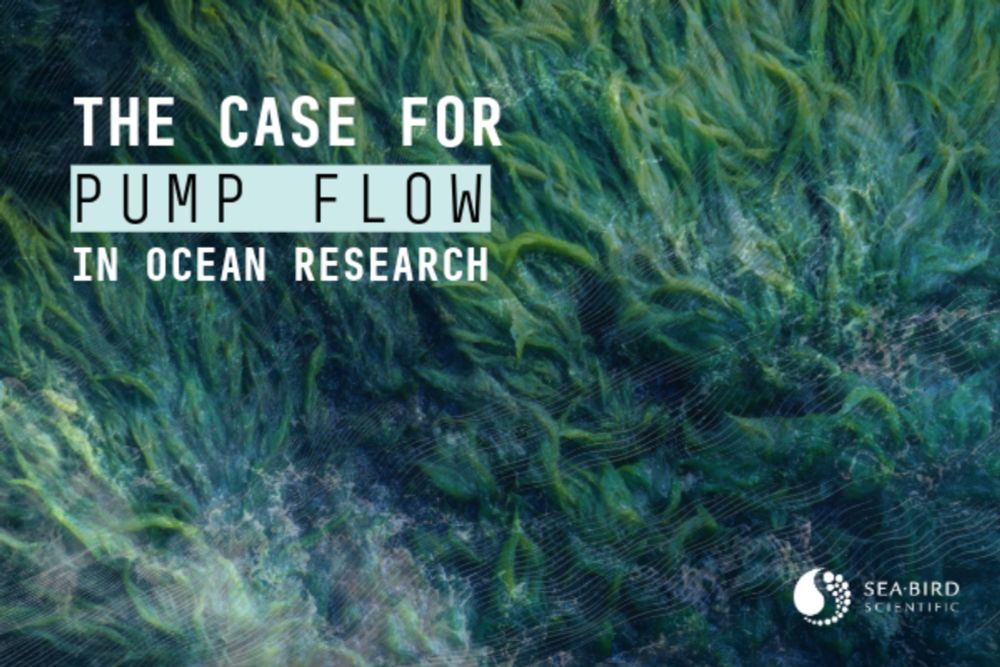
Accuracy Isn’t Optional: The Case for Pump Flow in Ocean Research
Pump flow technology enables Sea-Bird Scientific CTDs to deliver the most accurate and reliable field data available.
“Pumps use too much power.”
It’s a phrase oceanographers have heard for years, but what if that assumption is outdated?
In our latest blog, we explore how pumped systems have proven to be both energy-efficient and long-lasting. Turns out, you don’t have to choose between precision and endurance.
05.08.2025 18:47 — 👍 0 🔁 0 💬 0 📌 0
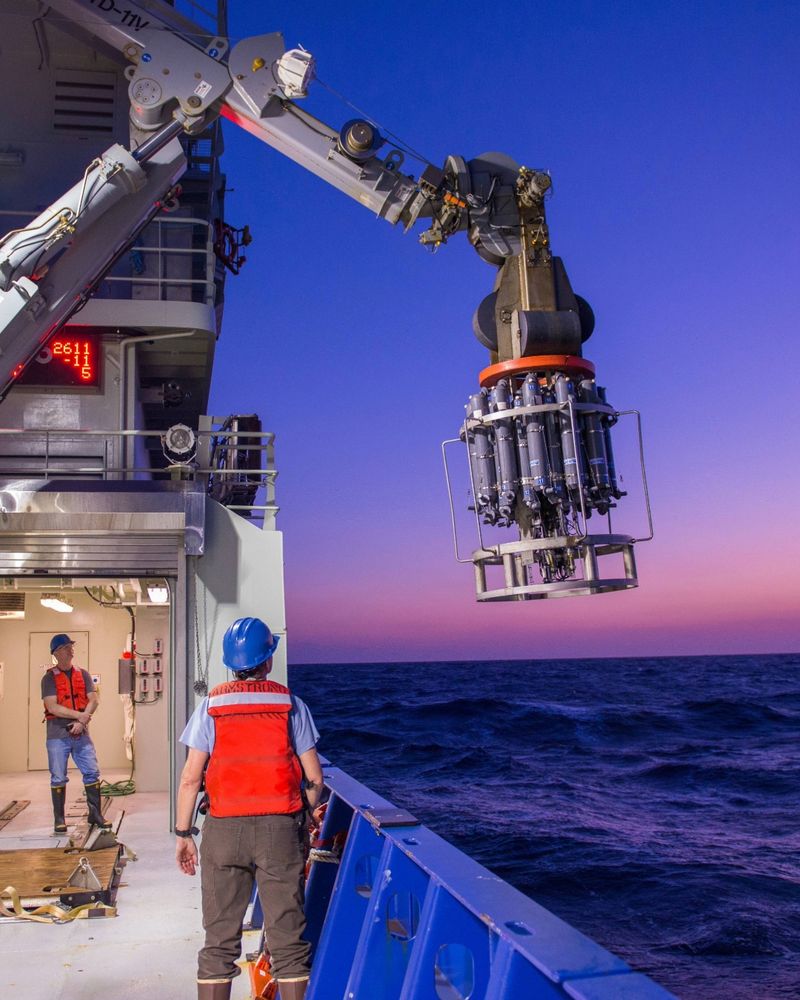
In the waters off Cape Hatteras, scientists deploy Sea-Bird CTDs as part of the PEACH project to study the Gulf Stream.
In the waters off Cape Hatteras, scientists deploy Sea-Bird CTDs as part of the PEACH project to study the Gulf Stream. The HydroCAT reveals how warm and cold waters interact—key to understanding sea level rise and ocean energy.
📸: John McCord
#PEACH #HydroCAT #SeaBirdScientific
14.07.2025 14:31 — 👍 2 🔁 0 💬 0 📌 0
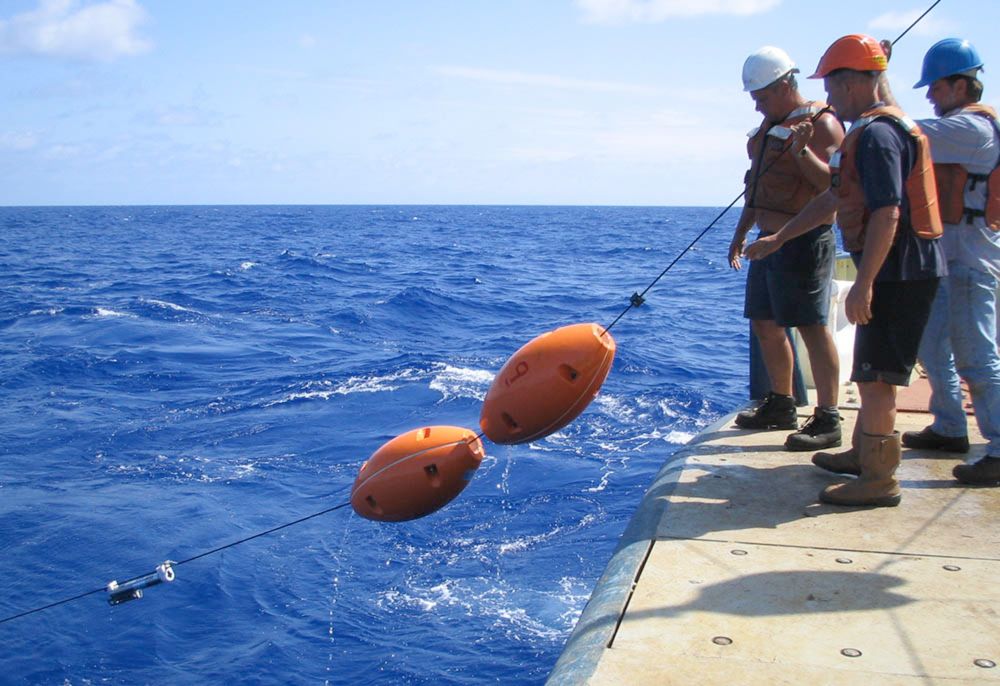
5 Inductive Modem Configurations
Inductive modem moorings are capable and flexible. Learn how 1 mooring line can facilitate real-time data for up to 100 instruments, in 5 unique configurations.
A buoy, a wire rope, and some exposed metal.
That’s all it takes to build an #inductivemodemmooring - a simple way to transmit subsea data.
✅ No bulkhead connectors
✅ Up to 100 sensors
✅ Lower cost, higher flexibility
🔗 Explore 5 real-world configurations: blog.seabird.com/5-inductive-...
08.07.2025 17:48 — 👍 0 🔁 0 💬 0 📌 0
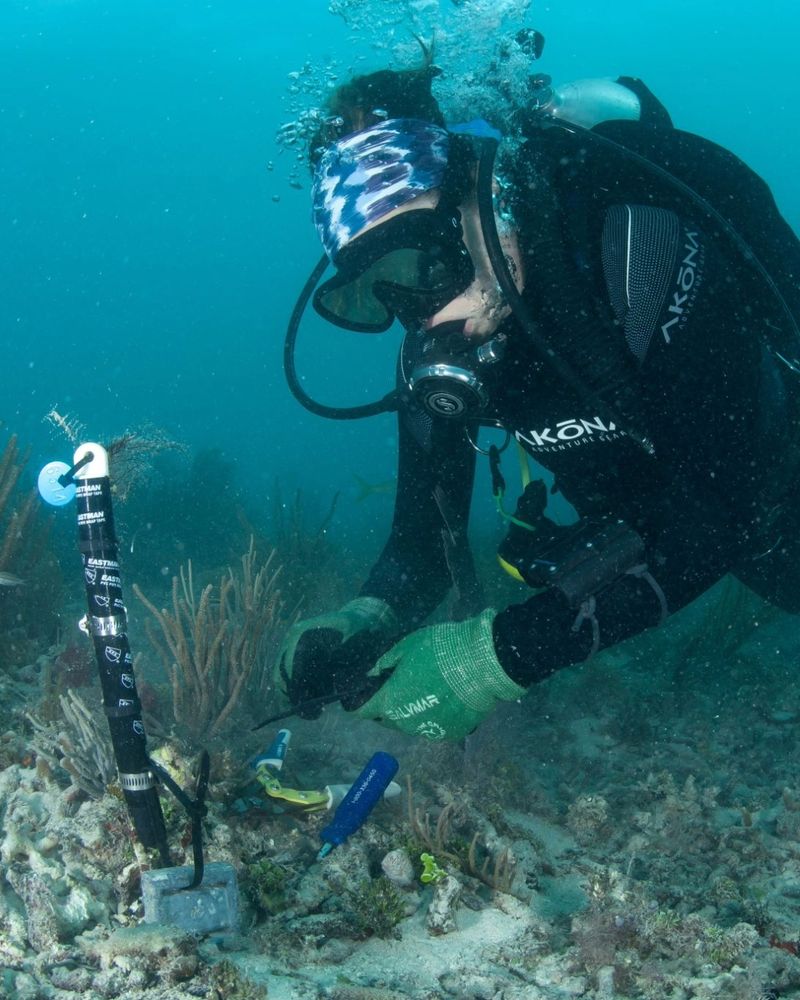
We’re proud to support NOAA AOML’s coral reef research using our SBE 56 Temperature Recorder. From field monitoring to lab studies, their work is helping uncover how corals respond to stress and how we can better protect these vital ecosystems. 🪸
Photo credit: @noaa.gov
#CoralReefResearch
10.06.2025 19:48 — 👍 1 🔁 1 💬 0 📌 0
What do our oceans mean to you? 🌊
At Sea-Bird Scientific, the answer is simple - everything.
Every instrument we build supports the scientists and researchers working to protect our most vital resource.
This #WorldOceansMonth, we’re celebrating ocean science and the people behind it.
03.06.2025 13:13 — 👍 2 🔁 2 💬 0 📌 0
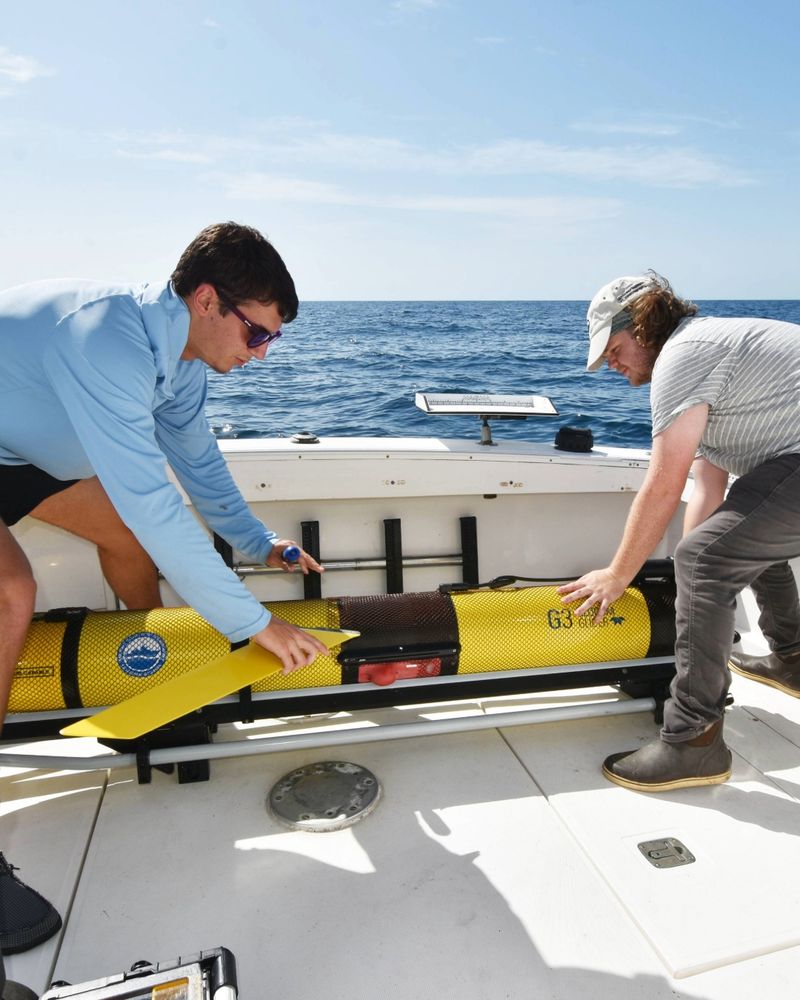
Scientists from the UGA Skidaway Institute of Oceanography deploying an underwater glider equipped with Sea-Bird Scientific sensors.
This glider is part of a larger network of autonomous underwater robots spanning the U.S. and the Caribbean, all working together to improve hurricane prediction models by collecting critical ocean temperature data.
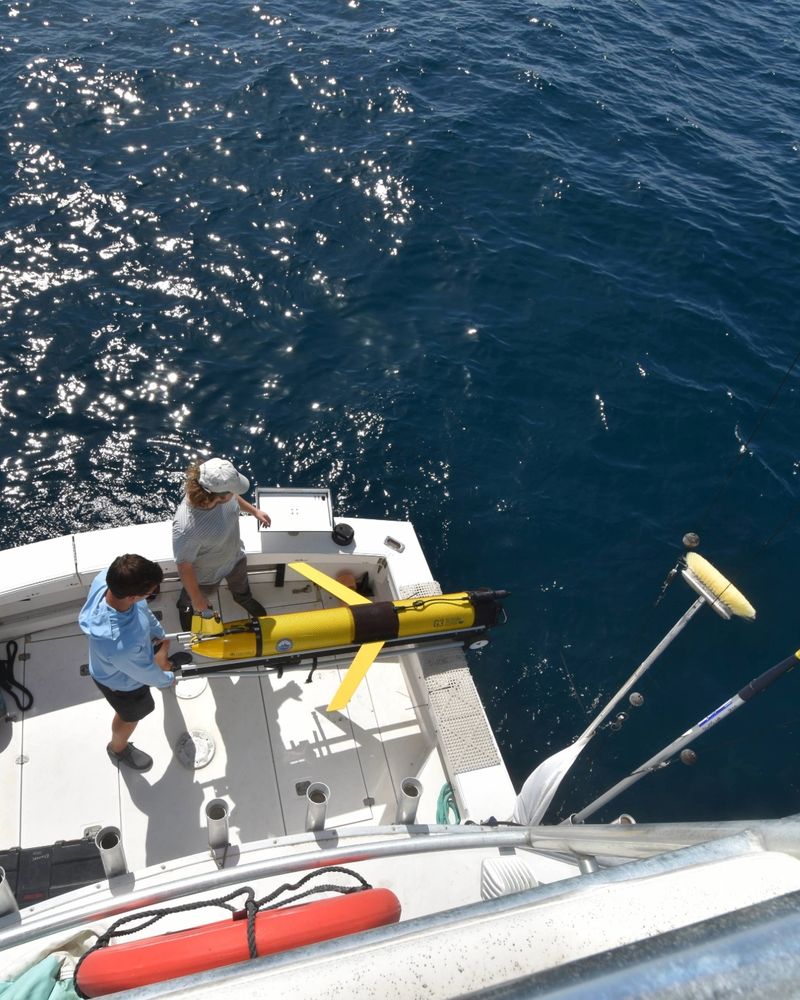
Scientists from the UGA Skidaway Institute of Oceanography deploying an underwater glider equipped with Sea-Bird Scientific sensors.
This glider is part of a larger network of autonomous underwater robots spanning the U.S. and the Caribbean, all working together to improve hurricane prediction models by collecting critical ocean temperature data.

Scientists from the UGA Skidaway Institute of Oceanography deploying an underwater glider equipped with Sea-Bird Scientific sensors.
This glider is part of a larger network of autonomous underwater robots spanning the U.S. and the Caribbean, all working together to improve hurricane prediction models by collecting critical ocean temperature data.
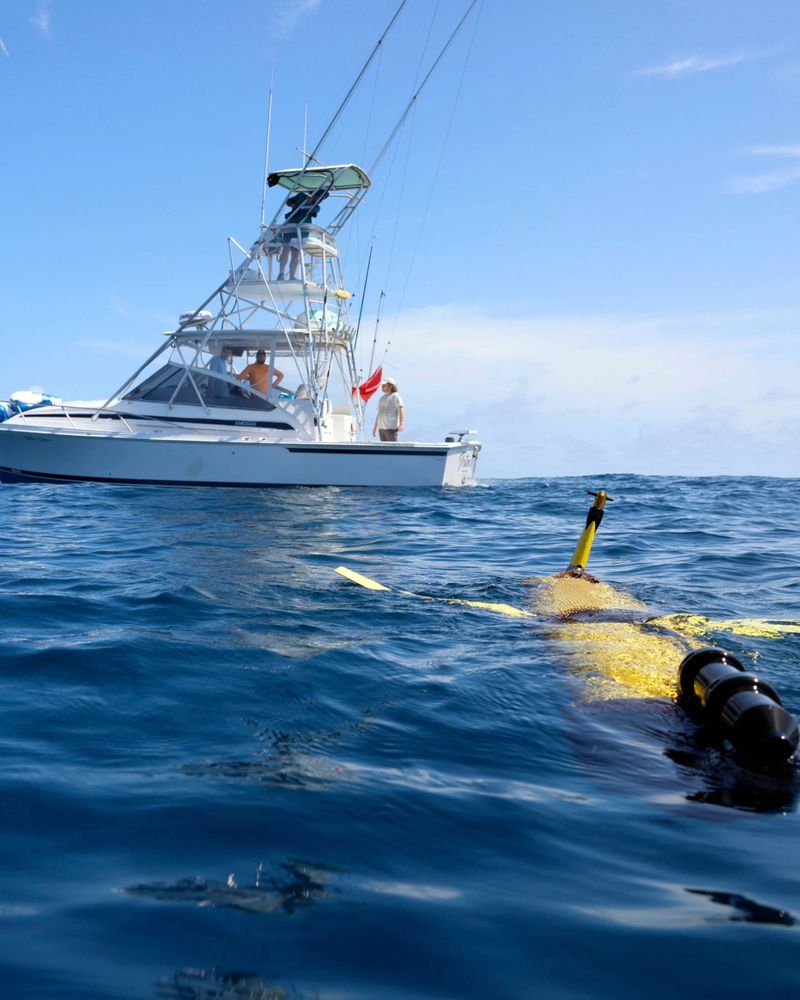
Scientists from the UGA Skidaway Institute of Oceanography deploying an underwater glider equipped with Sea-Bird Scientific sensors.
This glider is part of a larger network of autonomous underwater robots spanning the U.S. and the Caribbean, all working together to improve hurricane prediction models by collecting critical ocean temperature data.
30 miles off Richmond Hill, GA, UGA Skidaway Institute of Oceanography scientists deployed a glider with Sea-Bird Scientific sensors to collect ocean data for better hurricane forecasts. Proud to see our tech powering impactful science! 🌊🌪️
📸: Jackson Schroeder, UGA Skidaway
22.05.2025 15:21 — 👍 1 🔁 0 💬 0 📌 0
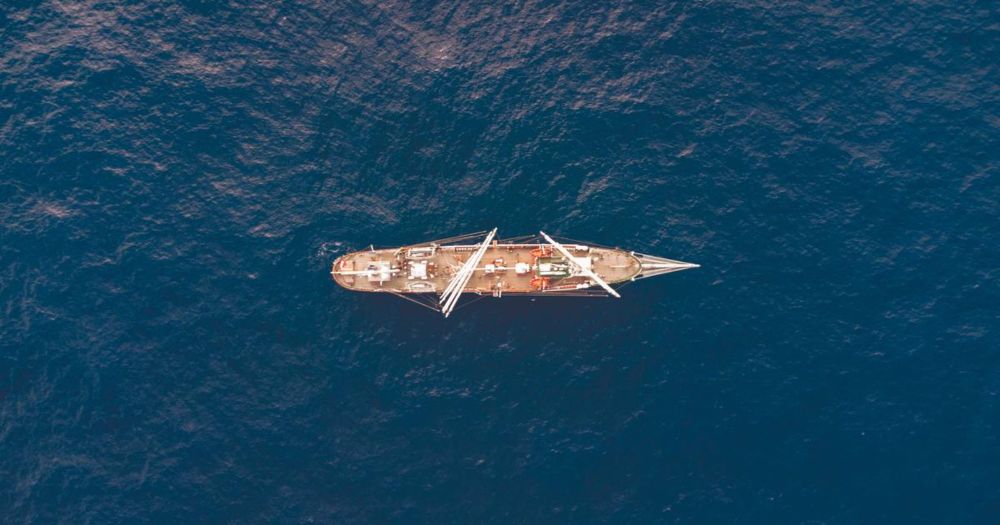
Paused over a giant vortex
Satellites discovered the vortex 50 years ago, but it took a tall-ship to reveal its secrets.
A 100-year-old ship. A 60 km-wide ocean vortex. And Sea-Bird Scientific CTDs on board. From the SBE 32 to a sensor-packed SBE 19plus V2, our instruments helped One Ocean Expedition map Norway’s Lofoten Vortex in 3D—down to 1000 meters deep. #OneOceanExpedition #SeaBirdScientific #OceanScience
15.05.2025 18:02 — 👍 25 🔁 3 💬 0 📌 2















